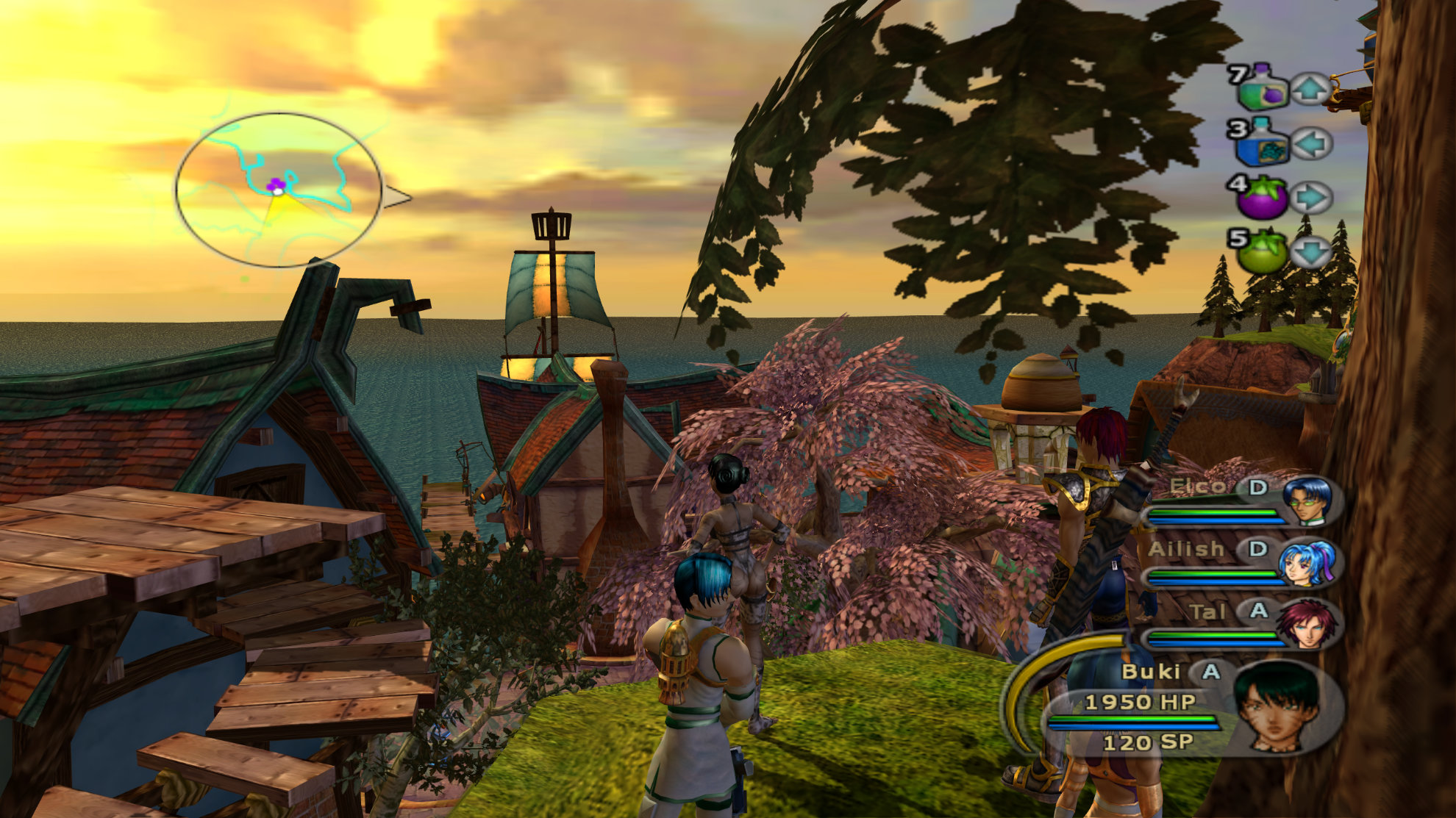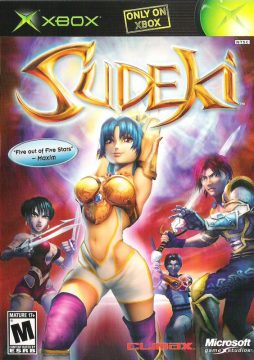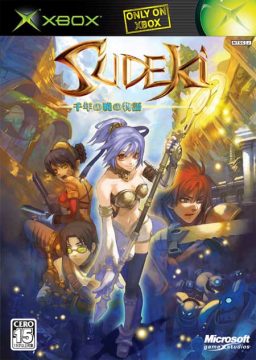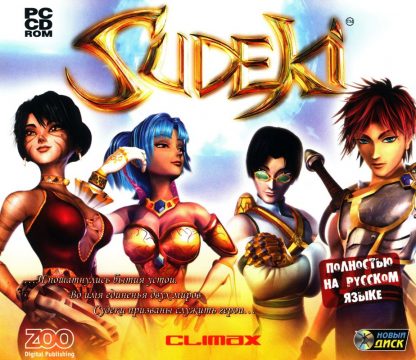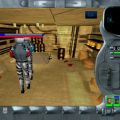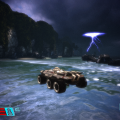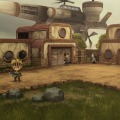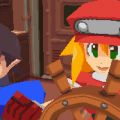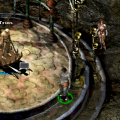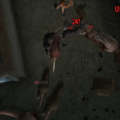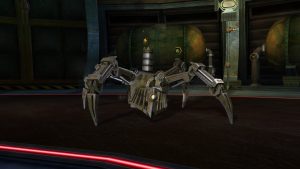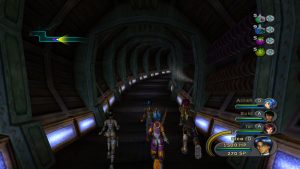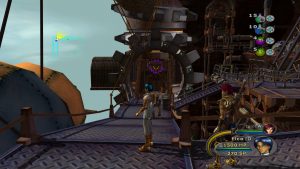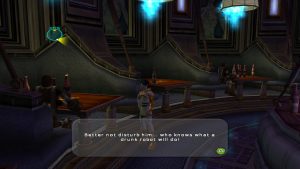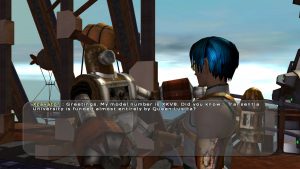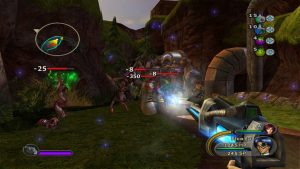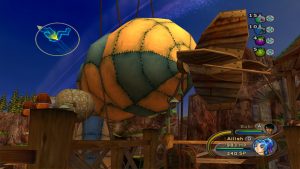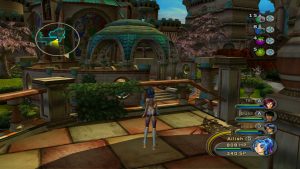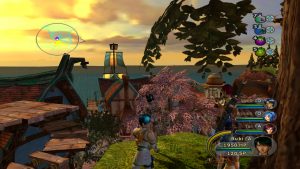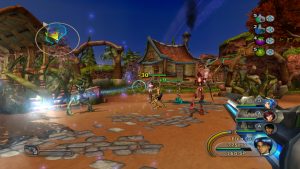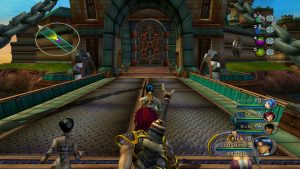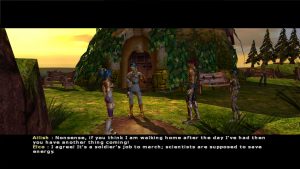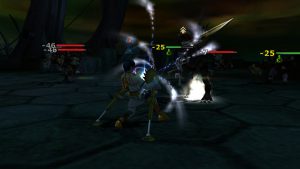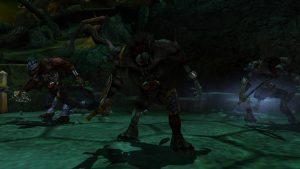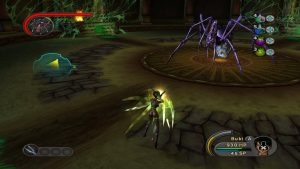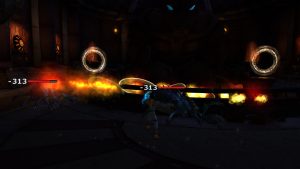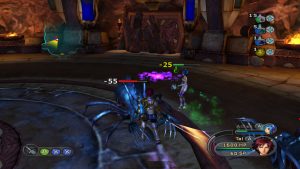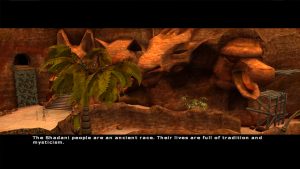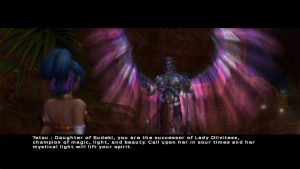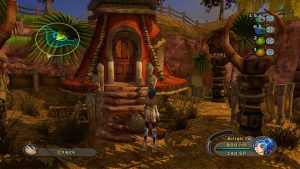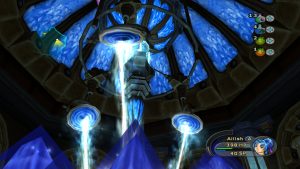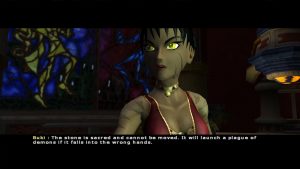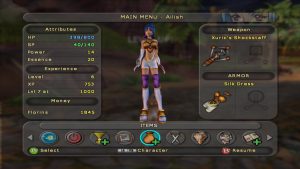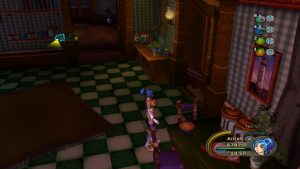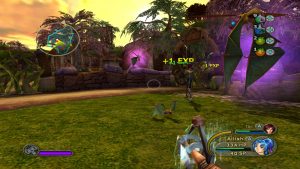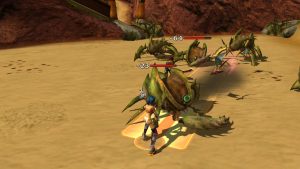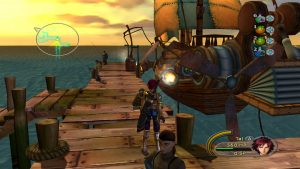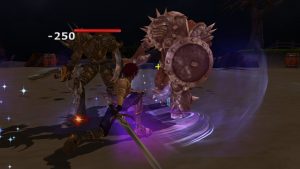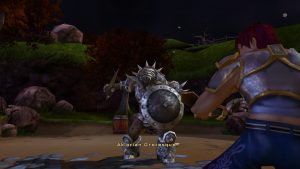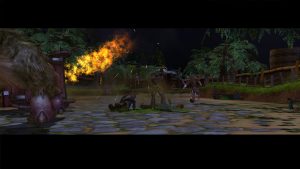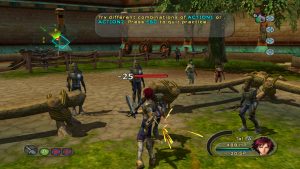Climax Studios is one of those studios that kind of does everything. You see them crop up all the time, but outside of the Japanese market where these studios can carve out a place for themselves, a lot of western ones tend to be bought up and tossed away. Somehow, Climax has managed to survive, even as a subsidiary, and have had their hands in surprising places. From Silent Hill to Serious Sam, they have a habit of appearing where you’d least expect them. That goes double for one of Microsoft’s attempts to crack the Japanese market, the extremely Japanese-influenced Sudeki.
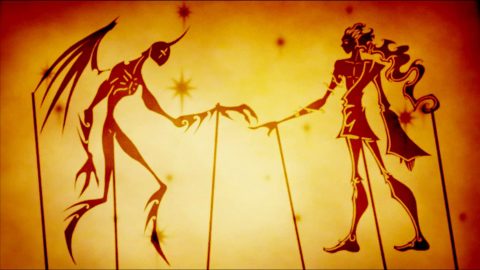
This actually started as a Dreamcast project in 1999, despite the smell of Microsoft desperately trying to make something anime-ish. The look was Climax’s idea, trying to take inspiration from Japanese RPGs to make their studio’s first RPG. It was a cool idea, giving the game a unique look compared to everyone else. It’s sort of like if you took Fable and gave it a slight “Tales of” face lift, and while it does make some slight awkwardness in the character models, it gave the game a style nobody else had or has had quite like this to this day. Shogo is about the only game that comes close to a similar vibe, but the superior graphics of Sudeki lets it make that style properly shine in full, and quite nicely. It still looks colorful and inviting in the modern era, even with the limited lighting and shadow effects.
The style also extends to dialog and details like strong blows making enemies gib into red chunks. The game really sets a tone early with a laid back, standard fantasy town walkabout and then juxtaposing it with raiding monster people coming from nowhere and stabbing a man through the gut. There’s a sardonic witty edge to the comedy, and surprisingly nasty violence, but done up in a way where it never feels the least bit real, but more like something from an over the top B-movie. It’s also not constant, sort of sneaking up on you for unexpected displays, like the hallway where animal people heads are displayed on pikes (and some of them are moving). It’s like a PG-13 haunted house ride at points, and it’s kind of fun in how childishly transgressive it is.
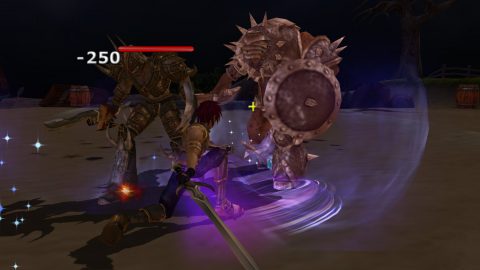
The game proper takes place in the titular Sudeki, which is divided into the world of light (Haskilia) and realm of shadows (Akloria). This is due to the creator of the world, Tetsu, creating another being to share reality with him named Haigou, who went evil many eons ago and tore the world in two when defeated by four great heroes.
In present time, four individuals are gathering and inheriting the power of those heroes. The party includes the kind soldier Tal, independent princess and mage Ailish, brilliant scientist Elco, and the fierce cat Anthromorph warrior Buki. The four end up gathering magic crystals to power a device that will shield their realm from an invasion from the realm of shadows, but the truth of the matter may be more complicated then first thought.
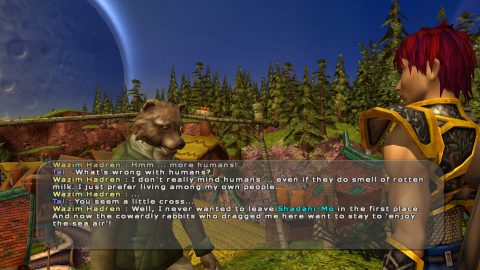
Sudeki was criticized in the day for how close it stuck to old conventions, and that is certainly true. The game never strays too far from familiar plot beats and ideas. However, credit needs to be given for the execution, the game being fully voiced, filled with extra info you can learn to flesh out the history of the setting and the various factions, and the charm of the main party.
Tal is a bit atypical for an RPG protagonist, usually most comfortable supporting his more lively friends, and it fits with his backstory and his complicated relationship with his dad. Elco and Buki are both entertaining, Buki getting extra side quests to draw connections between her and her heritage, and Elco having the atypical trait of being a happily married man. Even Ailish is kind of refreshing in her cheeky, confident personality, able to use wordplay to assert herself while still feeling carefree. They’re a very likable bunch, and the places they visit are memorable, especially Elco’s weird magiteck home on a mountain.
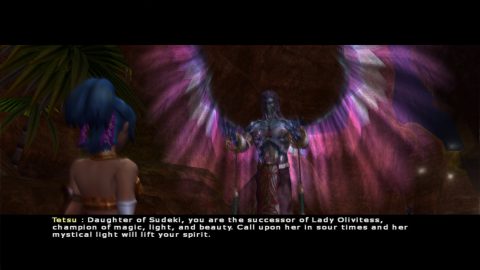
The actual playing of Sudeki is a real shock to the system, though it’s not obvious at first, as you start with just Tal and get introduced to the melee combat system. It’s this sort of weird mixture of real time hack and slash with the odd feeling of a turn based design somehow cooked in there, like if KOTOR‘s action facade hiding turn based MMO style combat was an actual action game, but still had some of the awkwardness of the old interface. You can dodge and block, but the camera resets with the dodge, and the sort of auto-homing here isn’t always reliable. On top of that, we have a weird combo system where you have to time button presses in a three button combo (via light and heavy attacks) to use different finishers, which have a wide variety of situational uses. That’s kind of neat, but does give a vibe of a certain stiff rhythm being center to the combat as you trade blows with enemies. You can’t play this like a proper action game, basically, more like a real time RPG system a bit more involved than usual with basic combat.
Then you get Ailish and suddenly the game transitions to a first person perspective and she’s aiming a staff like a gun. Where Tal and Buki use the melee system, Ailish and Elco (latter using magitek guns) play the game like an FPS, complete with free movement while aiming and shooting. Controller turning is stiff, but it’s way easier to play this way because you can easily ignore enemy attacks by just using basic FPS movement patterns. They can even switch through their wide weapon collection for different styles of attacks, some having a “clip” that reloads after a refresh period.
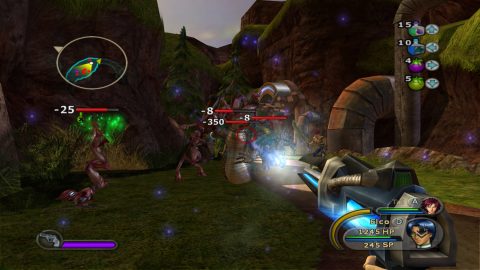
It’s the preferred way to play, because it’s easier to use the battle menu. You can bring up a menu to access character skills, items not on your quick use slots, adjust party AI, and so forth. However, the menu just slows down time, not stop it, so you have to be aware of your situation or you may get hit. Also, you can only use skills and items if you’re not in a down state or being attacked. Ailish and Elco already have a greater focus on doing skill damage, and Ailish has tons of useful support abilities, so sticking to one of the two is usually the best way to go.
The party also have unique abilities related to the terrain, used for light puzzles and treasure hunting. Tal can move heavy blocks, Ailish can dispel sparkly areas to reveal hidden things, Buki can climb certain surfaces, and Elco can use yellow crystals to power his jetpack and traverse set areas horizontally. It’s a pretty neat way to add some variety to exploration and encourage inquisitive players and attentive eyes, often giving new weapons, permanent stat boosts, and plenty of money. The party personalities even extend to how they do basic actions, like breaking items or opening chests. The fact that Tal kicks a barrel or lifts a heavy lid while Ailish does a magic finger snap for both actions is such a cool little addition that tells you so much about them.
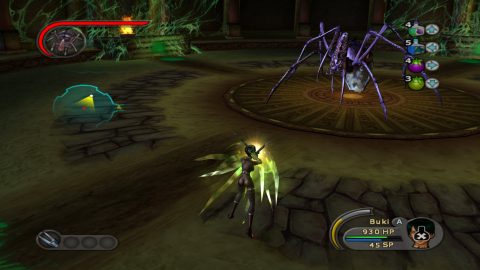
The RPG, stat building and equipment stuff remains fittingly simple. You can get an armor mod for the character’s locked in outfit, and gain slots as you get Tetsu blessings over the course of the story. Weapons can also be switched out as you find them and be modded as well, some more mods being found as you play through. Every level up, with a max of 30, you get one or two stat points to put into either health, SP, attack, or power or effectiveness of skills (damage dealing, buff providing, and healing). This keeps things simple while giving plenty of room to customize your party as you see fit, which is appreciated.
The end result of all this is that Sudeki feels unique, despite the formulas it sticks so close to in the plot beats. Doing side quests, even simple collections, has enough reward to make them feel fulfilling, putting gameplay and growth more at the experience core than the story, which instead becomes an additional bit of flavor to the core game. That’s rare for RPGs, especially done this well and with core combat so odd. It’s a fun balance, but things do start to wear out their welcome as the thinness of that core starts to become apparent. This is not helped by the rushed finale, where you can tell more was probably planned, but could not be realistically completed.
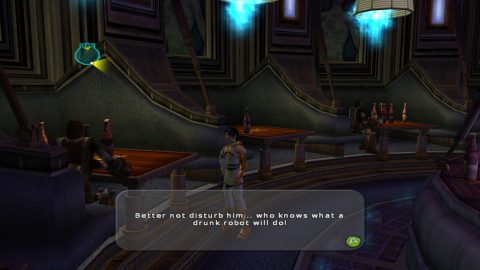
Despite that, Sudeki manages the rare feat of being an Xbox exclusive from a non-major franchise that’s actually quite fun to return to, an overall quality adventure that has a lot there you may want to see more of one day. It’s a really unique little gem, and it’s thankfully easy to play. The PC version works with Xbox One controllers if you want a more authentic experience, and while the UI is stretched on modern monitors, it’s been quite well taken care of otherwise, easy to launch and fairly stable for an older title. Pick it upon Steam or elsewhere if you want to see what would happen if weirdo British devs wanted to make a Final Fantasy – the end result is even weirder then you’d expect.
